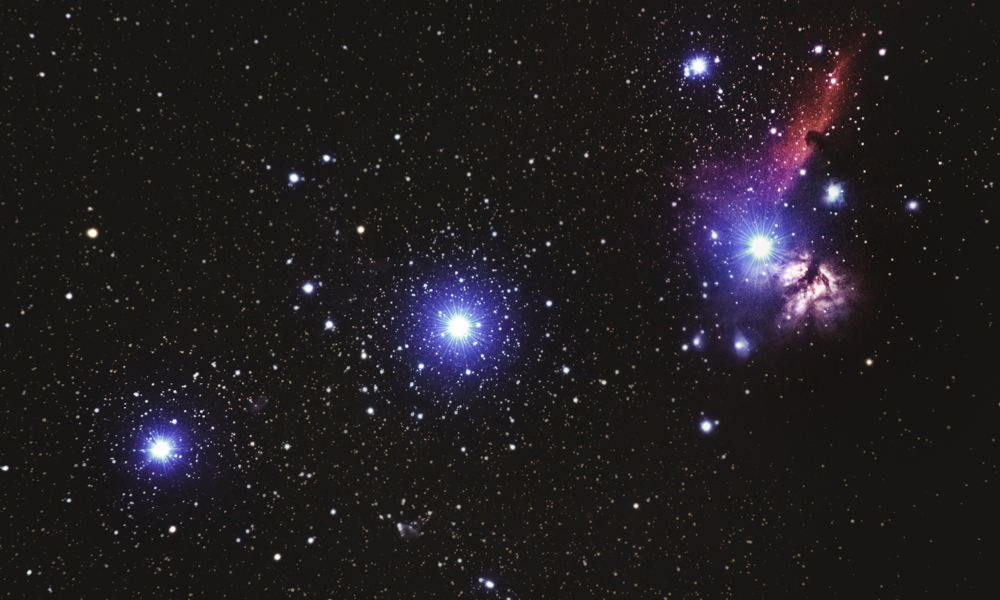
ESA Open Invitation To Tender AO8267
Open Date: 16/06/2015
Closing Date: 03/09/2015
Status: ISSUED
Reference Nr.: 15.164.07
Prog. Ref.: AURORA MREP-2 S.E.1;AURORA MREP-2 S.E.2
Budget Ref.: E/0431-01 – AURORA MREP-2 S.E.1;E/0432-01 – AURORA MREP-2 S.E.2
Special Prov.: IT+SE+CH+GB+AT+NO+PT+CZ+RO+PL+ES
Tender Type: C
Price Range: 200-500 KEURO
Establishment: ESTEC
Directorate: Directorate of Science & Robotic Explor.
Department: Future Missions Preparation Office
Contract Officer: Arrabal, Pablo
Last Update Date: 16/06/2015
Update Reason: Tender issue
Background Phootprint current baseline design is targeting a composite spacecraft consisting of several stacked elements which havea centralized communication architecture (Lander and Earth Return Vehicle (ERV)). An optimization of the RF path between the ERV andthe lander could be implemented by using a waveguide separation design based on an open-ended choked horn design. In this configuration when the ERV and the Lander are mated, the antenna acts as a waveguide path between the ERV RF distribution network and the Lander antennas. However, when the ERV separates from the Lander, since it has virtually no friction, this open waveguide acts as an ERV nadir pointing Low Gain Antenna for the return trip to Earth. A similar architecture has also been considered in Inspire descentmodule design in order to allow Direct-to-Earth (DTE) communication during Mars Entry Descent and Landing, following the approach taken by the NASA Mars Science Laboratory mission (MSL). Even though US technologies are available, European capability for such antenna architectures are currently at very low TRL level and therefore the need for the development has been identified. This technology would be of direct interest for current Phootprint communication architecture optimization and also applicable to develop Europeancapabilities for DTE communications during future planetary Entry Descent and Landing phase as indicated by Beagle 2 recommendation. Description This activity will start with a critical look at the requirements of Phootprint and INSPIRE missions and will performa trade-off between different combined horn antenna solutions that, in particular for the Phootprint case, consist of two parts, one attached to the lander, and a waveguide part that is used as antenna attached to the ERV. For each mission application (Phootprintand INSPIRE), a preliminary design will be performed paying special attention to the gain and radiation pattern of the waveguide antennaand the separation mechanism between the two parts. After the selection of the best solution, critical breadboarding activities will be carried out. Using these results, a detailed design will be performed, followed by building of the full antenna. A full test campaign will be performed and conclusions drawn. A development plan will be established to bring the technology to flight readiness.
If you wish to access the documents related to the Invitation to Tender, you have to log in to the ESA Portal.
